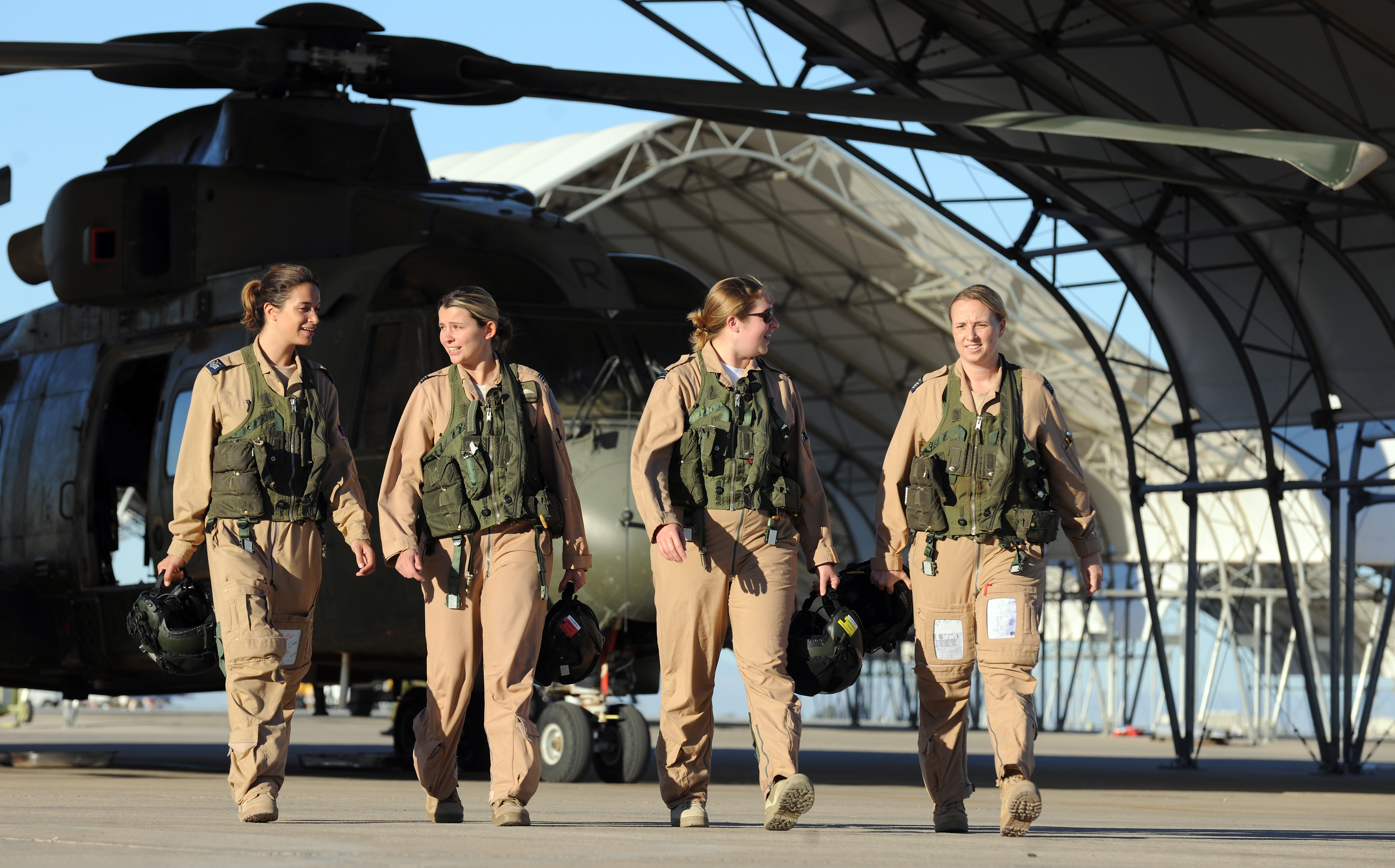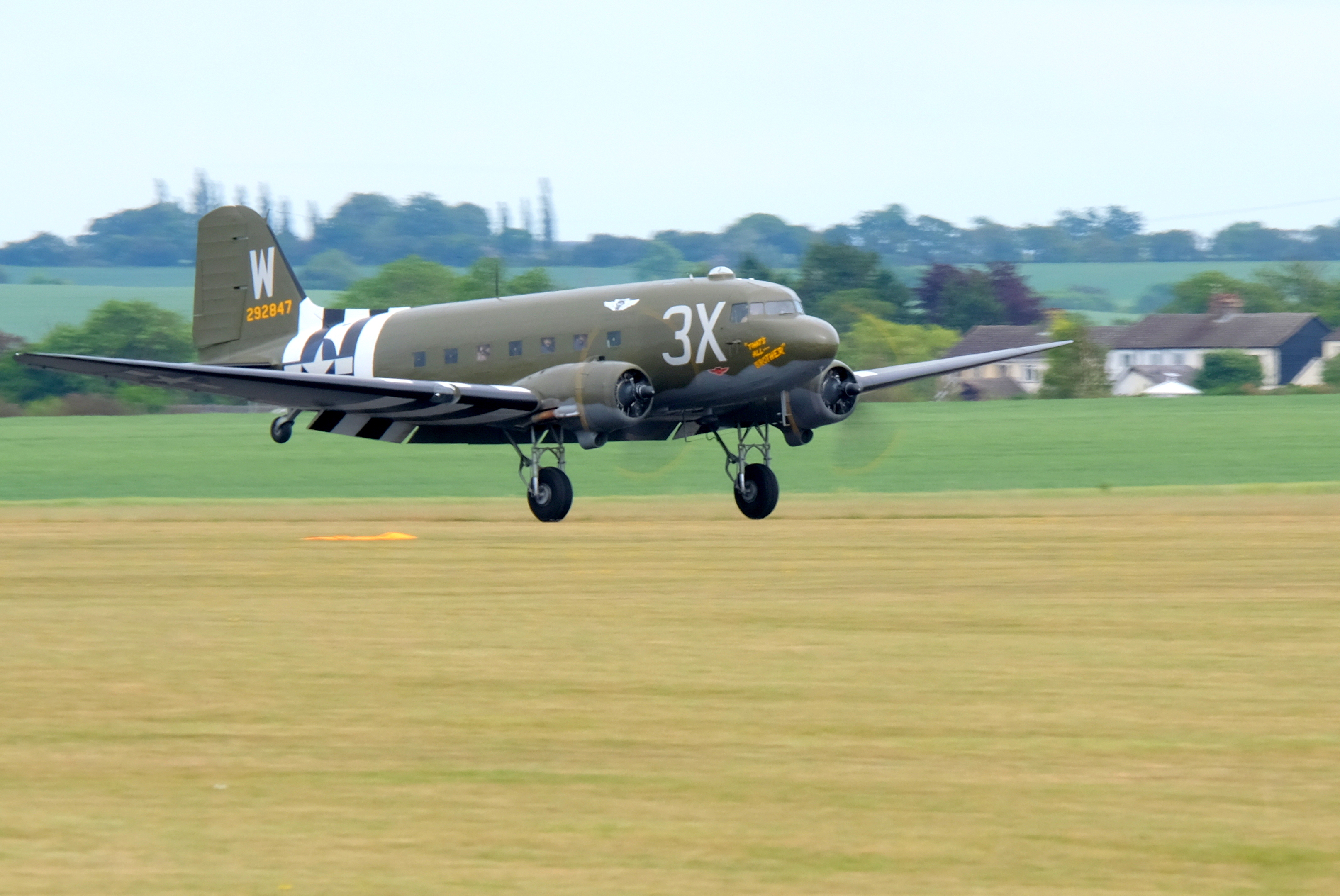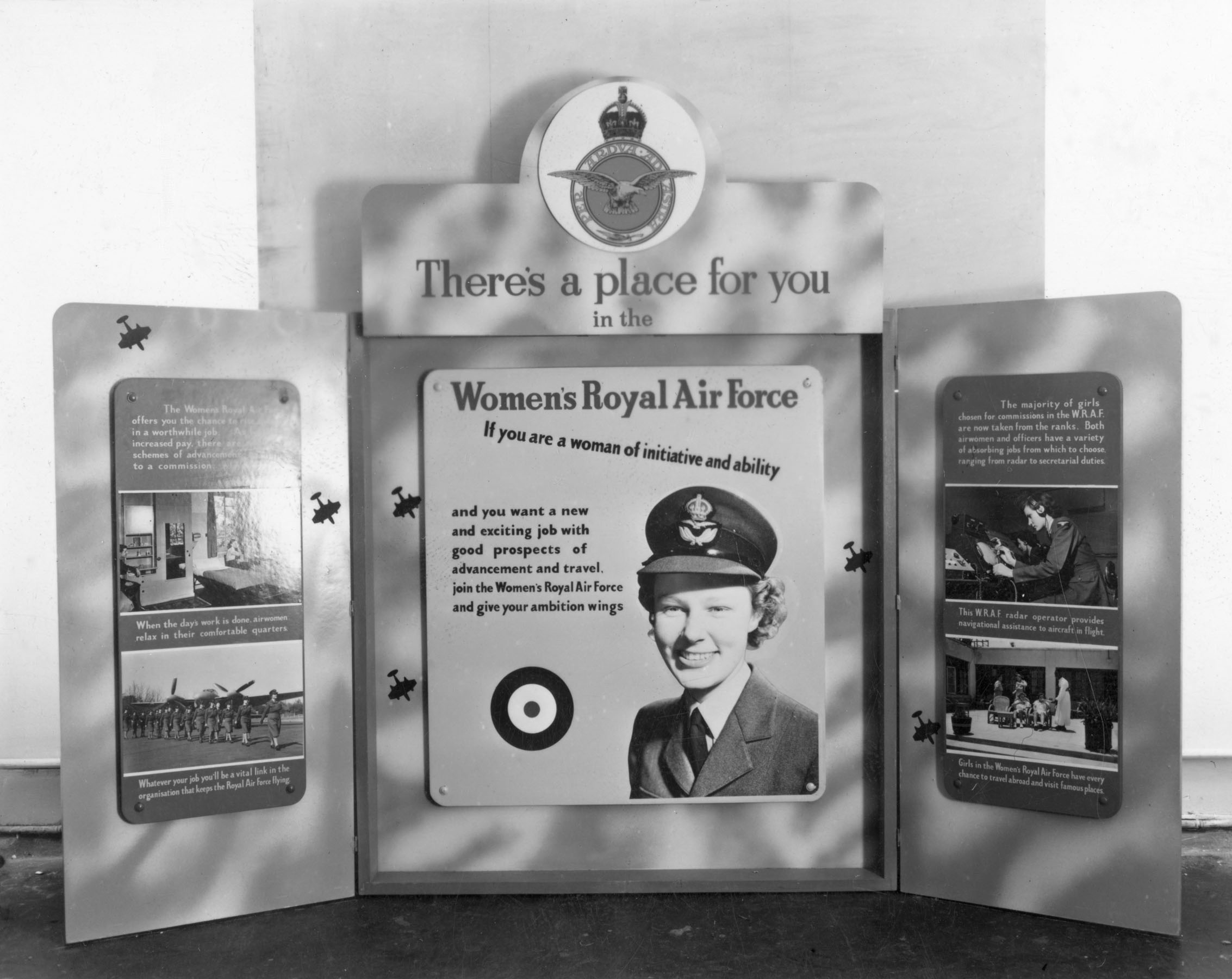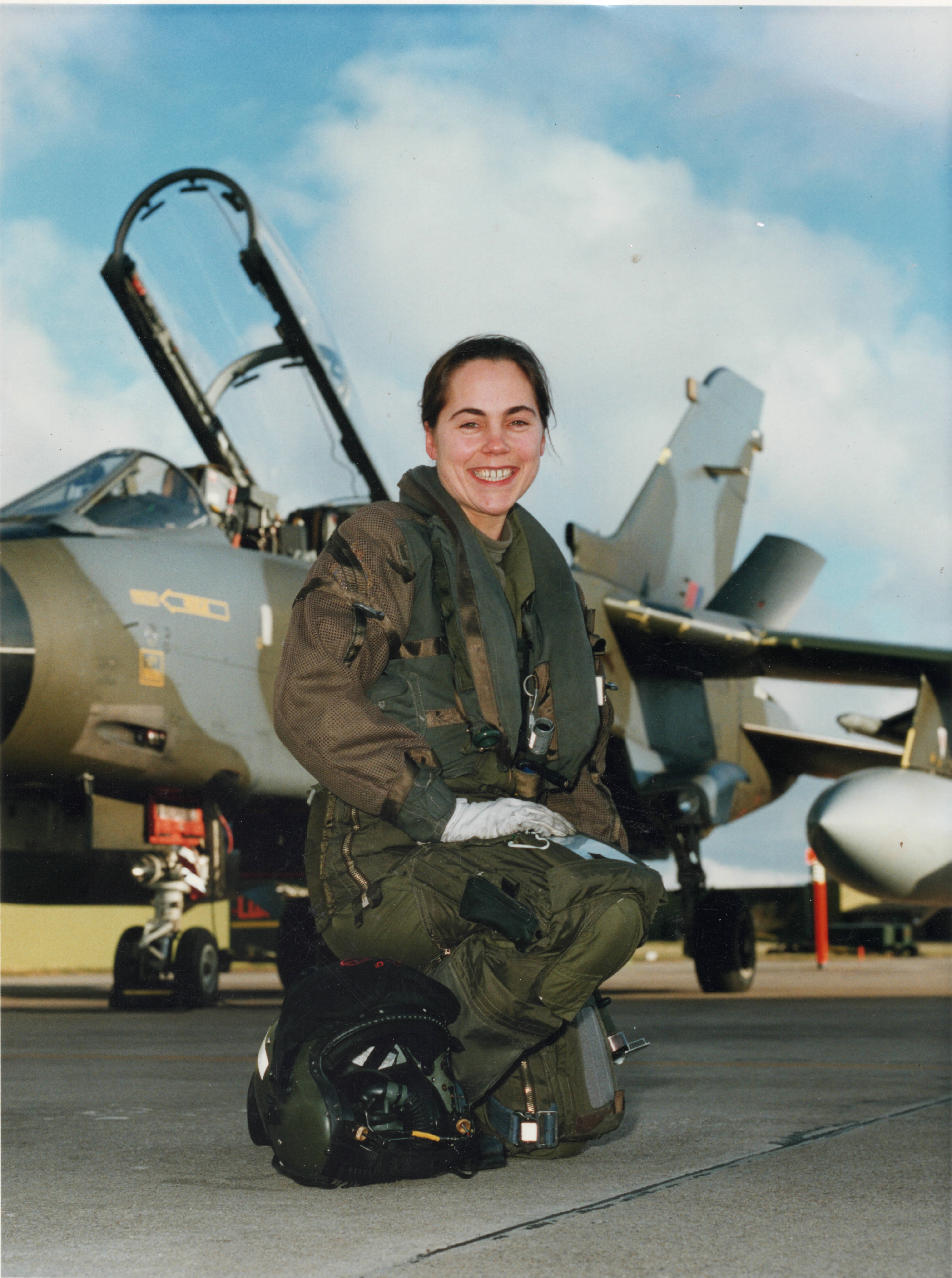
Women are and have always been an integral part of the RAF. However, before the Women’s Royal Air Force (WRAF) was merged into the Royal Air Force in 1994, the WRAF stood as the separate women’s branch within the Service.
Sharing its anniversary with RAF, the WRAF is also celebrating 100 years since its formation this year. An event was held at the Yorkshire Air Museum, recognising the contribution of women to the Armed Forces. It included a flypast of a Dakota from the Battle of Britain Memorial Flight and the laying of a commemorative wreath to mark Women's Services Day. During the parade, the Salute was taken by special guest, 97 year old Barbara Weatherall, a veteran of the Auxiliary Territorial Service.

The original WRAF was formed to support the RAF in administrative and later technical trades. The original WRAF was fairly short lived following the end of World War One and disbanded in 1920 with an overall strength of 32,000 and over 50 trades available.

The Women’s Auxiliary Air Force (WAAF) was formed in 1939 to support the RAF in World War Two. Whilst the WAAF did not recruit aircrew, a large selection of ground trades were open to them. However many women, such as Mary Ellis and Joy Lofthouse did fly during World War Two, but with the Air Transport Auxiliary ferrying aircraft wherever they were needed.
During World War Two, conscription for women started in 1941 and there was a choice between the three Services, the land army or factory work – it applied between 20 and 30 years old. At its peak in 1943, the strength of WAAF numbers reached over 180,000. The WAAF continued beyond World War Two and in 1949 was renamed the Women’s Royal Air Force reviving the original name from 1918.
WAAF Radar Operator.jpg)
In 1994, Flight Lieutenant Jo Slater became the first female operational pilot and since then many other women have trained and flown on operations as aircrew. In 2008, Flt Lt Michelle Goodman was awarded the Distinguished Flying Cross for gallantry in Iraq. In 2013, Air Vice-Marshal Sue Gray became the most senior regular serving woman in the UK Armed Forces and the second female to hold a two-star rank.

In 2017, the RAF became the first branch of the British military to open up every role to men and women. On 10 July, Group Captain Anne-Marie Houghton led the RAF100 parade of over 1000 RAF servicemen and women in Central London. Anne-Marie herself graduated as our first female Navigator in 1991.
Men and woman serve alongside each other making an equal contribution to the modern RAF. Building on the development and commitment of earlier generations over the last 100 years.





